Do these ten historical figures really deserve to be as celebrated as they are?
You be the judge.
1. Spartacus
A gladiator who rose up against the mighty Roman Empire. An inspiration to oppressed peoples everywhere. This is how Spartacus is often remembered.
Beginning in the summer of 73 BC, a Thracian slave named Spartacus led a revolt of fellow slaves. He eventually amassed a force of up to 100,000 men that threatened the very fabric of Rome’s highly militarized society.
But what did he accomplish? When you look beyond the romance of the legend, the facts are rather discouraging.
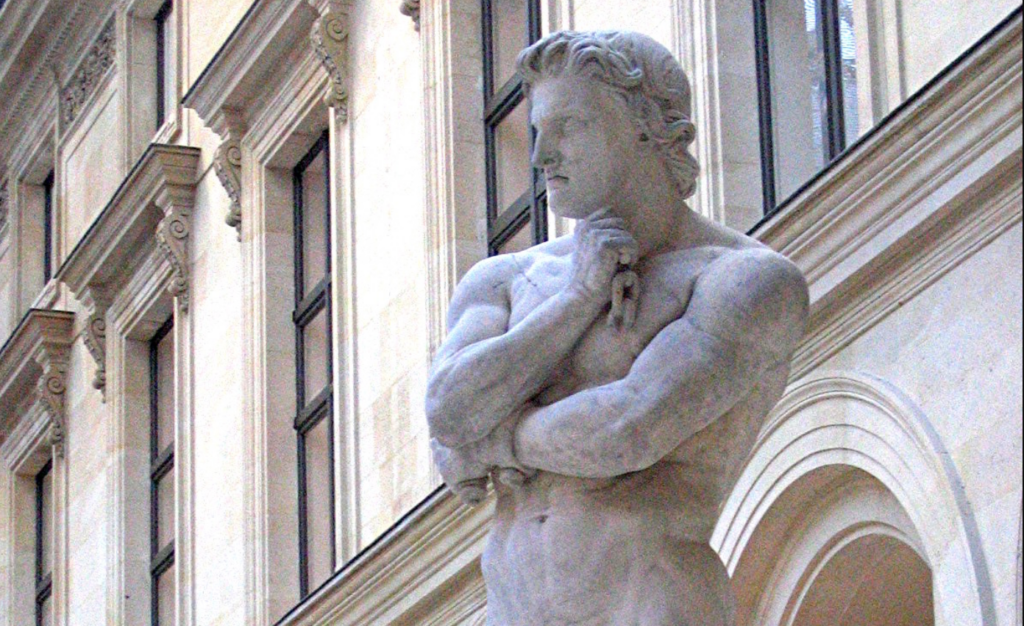
Spartacus spent his adult life fighting. He was a soldier in the Roman army until he deserted, was captured, and eventually made a slave. He was then condemned to fight as a gladiator, to provide the growing Roman Empire with the kind of bloody entertainment that its citizens craved.
He trained in the slave camps in Capua with other Thracians and Gallic fighters – men who were considered barbarians to the Romans. Eventually, he orchestrated an escape and fled south with several dozen men to hide in the countryside.
At first, his band of warriors must have seemed like little more than an inconvenience to Rome’s war-tested army. But as the number of Spartacus‘ fame grew, he became a force to be reckoned with and defeated the Romans in several battles.
For all of his successes, his slave revolt was relatively short-lived. Less than two years after he escaped from Capua, he and his army of followers was soundly defeated while trying to reach Sicily.
Spartacus was killed in the battle and the six thousand soldiers who survived were soon rounded up and crucified. Spartacus may have terrified the Roman aristocracy, but his impact ultimately does not live up to the immensity of his fame.
2. Winston Churchill
To most people who have heard of Winston Churchill, he’s seen as the fatherly figure who stood up to Hitler when the rest of Europe was shrinking away.
Or, if you prefer, he’s the British bulldog, whose indomitable will helped save Europe from Nazism. Either way, what you have is a heroic figure – a truly “great man.” But during Winston Churchill’s rise to power, his reputation was not so glorious.
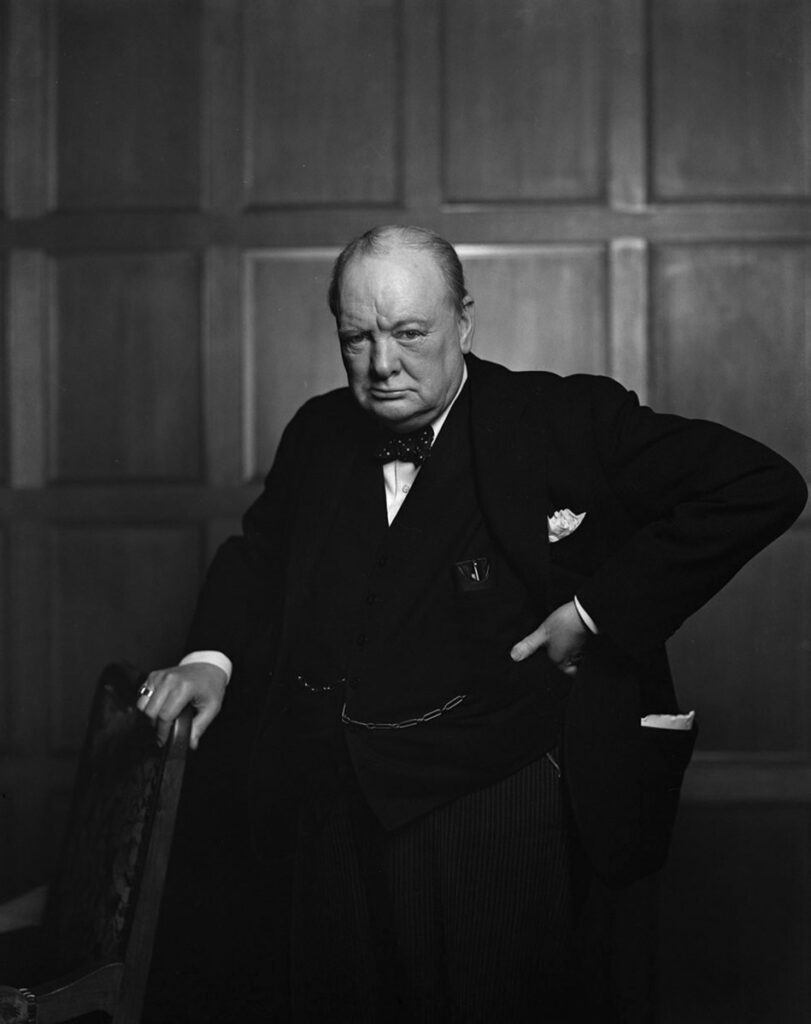
During World War I, he wanted to open a sea route to its ally Russia by sailing up through Turkish waters and taking Constantinople. This was a risky gamble that involved sailing a fleet of ships through the narrow 38-meter strait of the Dardanelles. And it proved to be one of the most disastrous campaigns of the entire war.
During the nearly nine-month campaign, tens of thousands of British troops died in vain trying to gain a foothold. They ultimately had to give up the invasion, but not before leaving behind beaches stained with blood and little to show for it.
As a result of this failure, Churchill was demoted from his position as First Lord of the Admiralty, and his political career was nearly ruined.
Then there were his views on India. Considering that Winston Churchill once called Gandhi a “malevolent fanatic” and Indians in general “a beastly people with a beastly religion,” it should perhaps be no surprise that his record on India was abominable.
He knew very little about India, and yet he was firmly against Indian home rule. During World War II, Britain’s decision to export Indian rice to aid the war effort during a famine helped contribute to a death toll that reached nearly 3 million.
Advisors warned Churchill of the dangers of redirecting crucial food supplies, but he merely brushed them away. Not the kind of man that should be hailed for his leadership – at least not with the kind of adoration that he receives.
3. King Tut
King Tut is hands down the most famous of all Egyptian pharaohs. But what do you really know about his reign?
He became pharaoh in 1336 at the age of just nine years old and died by the age of 19. That’s a fairly short reign – less than a decade. And all while he was still a teenager.
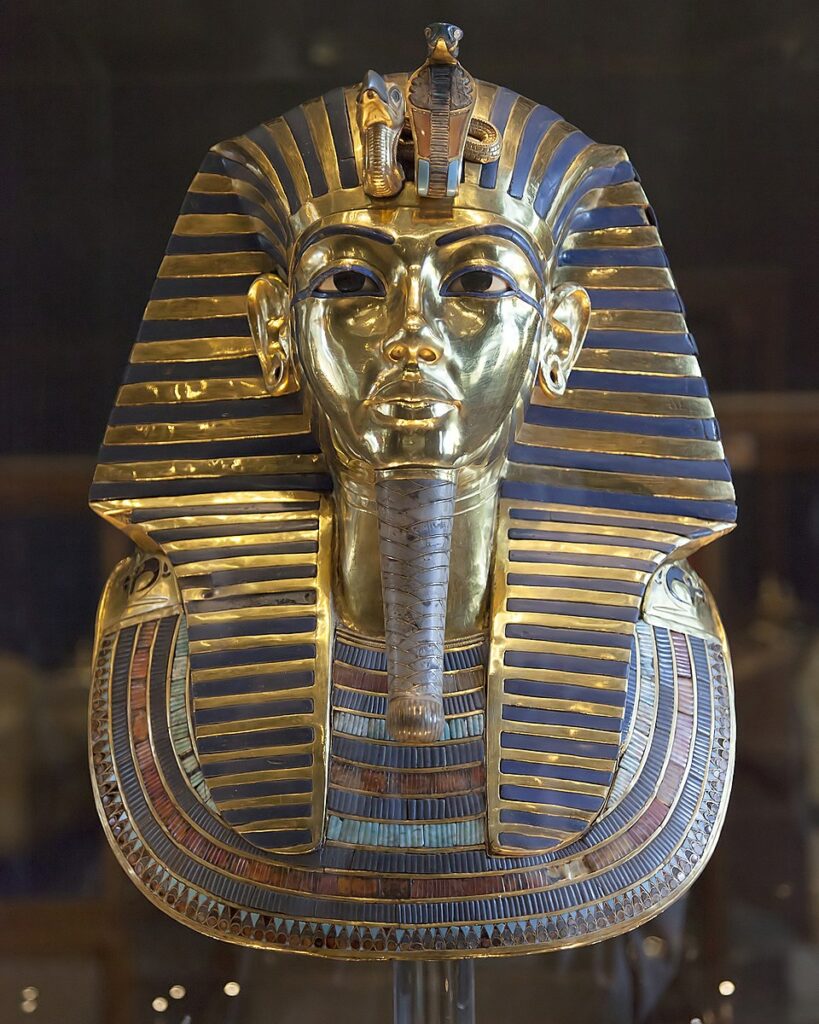
But that’s not to say that he didn’t accomplish important things during that relatively brief time. When King Tut became pharaoh, Egypt was in a vulnerable position. His father and grandfather had largely steered Egypt away from the old gods that people had worshiped, replacing them with his own personal cult.
King Tut returned to the traditional religious practices that his father and grandfather had turned away from. He rebuilt temples and reinstituted the traditional practices that people had always relied on to maintain balance in the universe and keep in the good graces of the deities. By reopening closed temples and restoring the old religious order, King Tut helped ensure harmony in Egypt.
But he’s not famous for any of the things he accomplished in his short life.
What makes him Egypt’s most famous pharaoh is the simple fact that when his tomb was discovered in 1922 it was almost entirely intact. That discovery made headlines all over the world and decades later King Tut’s celebrity status far eclipses his actual historical importance.
4. Paul Revere
Paul Revere is famous for warning American colonists about an impending British attack on Lexington and Concord.
His famous call to arms, “The British are coming, the British are coming” (or to be more accurate, “the regulars are coming, the regulars are coming”) is something that nearly every American has no doubt heard at some point in their education.
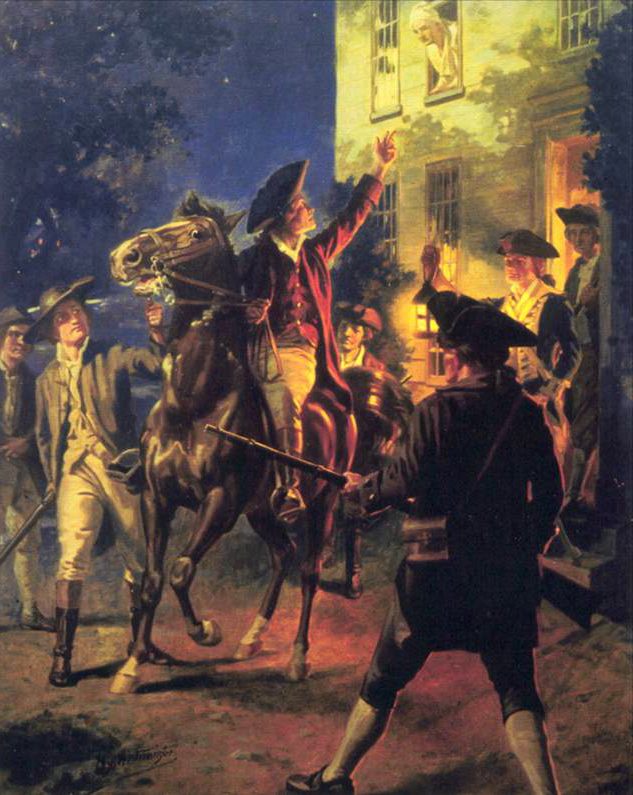
But how great is his claim to fame? Does he deserve to be one of the most celebrated Americans in history?
The fact is, despite Paul Revere’s courage, his “Midnight Ride” was not as crucial to the events of the revolution as people like to make it out to seem. And that’s mostly because he wasn’t the only rider that night.
When he set out on his ride, he left with another man, named William Dawes. Later, the two of them met up with a third man, named Samuel Prescott.
To take him down another notch, it ultimately wasn’t Paul Revere who delivered the news to the colonists at Concord. He was captured by a British patrol on the way, while Dawes and Prescott managed to escape and deliver the message.
Paul Revere only became famous because of a poem written a century later by Henry Wadsworth Longfellow, in which he immortalizes Paul Revere’s midnight ride.
Thanks to the popularity of Longfellows’ poem, Paul Revere is now one of the icons of the American Revolution… whether or not he deserves to be.
5. Robert E. Lee
Robert E. Lee is not the brilliant tactician who only fought for the South out of loyalty to his home. Nor was he a closet abolitionist.
He was a stalwart supporter of slavery who himself owned slaves. He broke up slave families who he owned. And he personally beat runaway slaves or ordered them to be whipped and have brine poured into their open wounds.
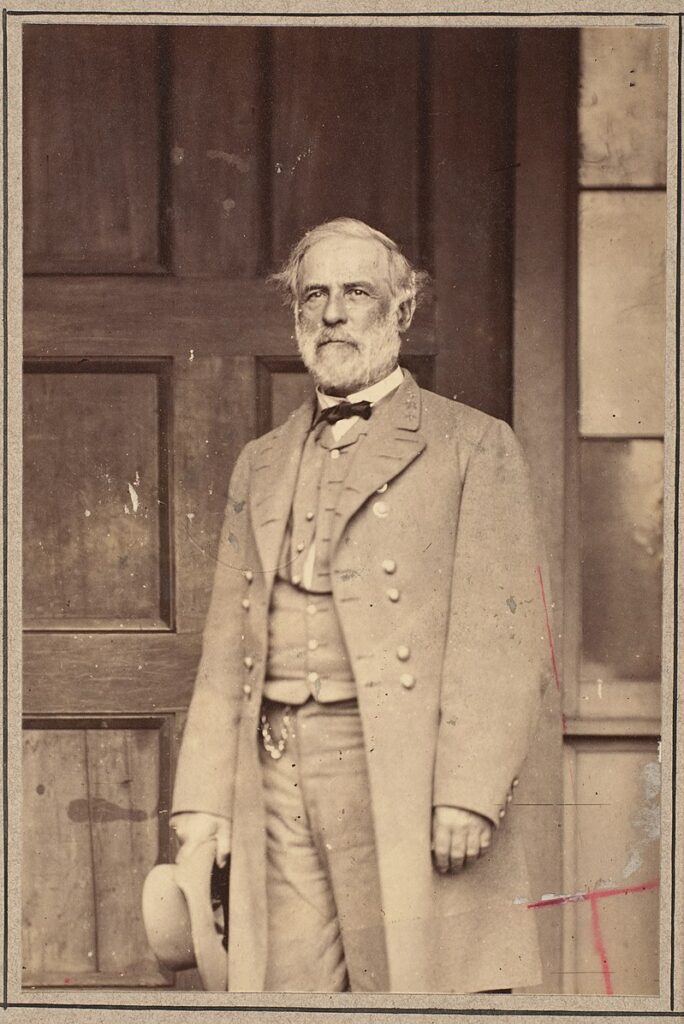
To his slaves, it’s safe to say he was not the gentle Southerner that later generations remembered him as.
But he was a brilliant strategist, right? That assertion has also come to be questioned by many historians over the decades.
When eleven southern states declared themselves a confederacy and seceded from the Union, all that they had to do to preserve their newfound country was to not let themselves be defeated by the Union. In essence, their task should have been to play defense.
But Robert E. Lee instead took his army on aggressively offensive campaigns that led to huge losses and weakened the Confederate’s military strength. Most notably, Lee lost 6,000 men during a single attack during the Battle of Gettysburg.
That attack, known as Pickett’s charge for the general who led the assault, was a disaster that could have been avoided if Lee had listened to his subordinates. Instead, he pressed on with the attack even as it became clear that it was turning into a disaster.
Robert E. Lee’s failure at Pickett’s Charge isn’t well-remembered, however. And in the years after the Civil War, many people placed the blame on his right-hand man General Longstreet.
It might be time to reassess Robert E. Lee’s place in history and consider whether or not he might be over-hyped.
6. Marie Antionette
During the French Revolution, Marie Antoinette was vilified as the perfect example of the monarchy’s wasteful, decadent culture.
The revolutionaries were enraged about the inequality that existed between the aristocracy and regular people. To make their point Marie Antionette was sent to the guillotine on October 16, 1793.
But the thing is, her reputation as an extravagant spender who flaunted her wealth may not be entirely accurate. Monarchies in general in the late 18th century were lavish.
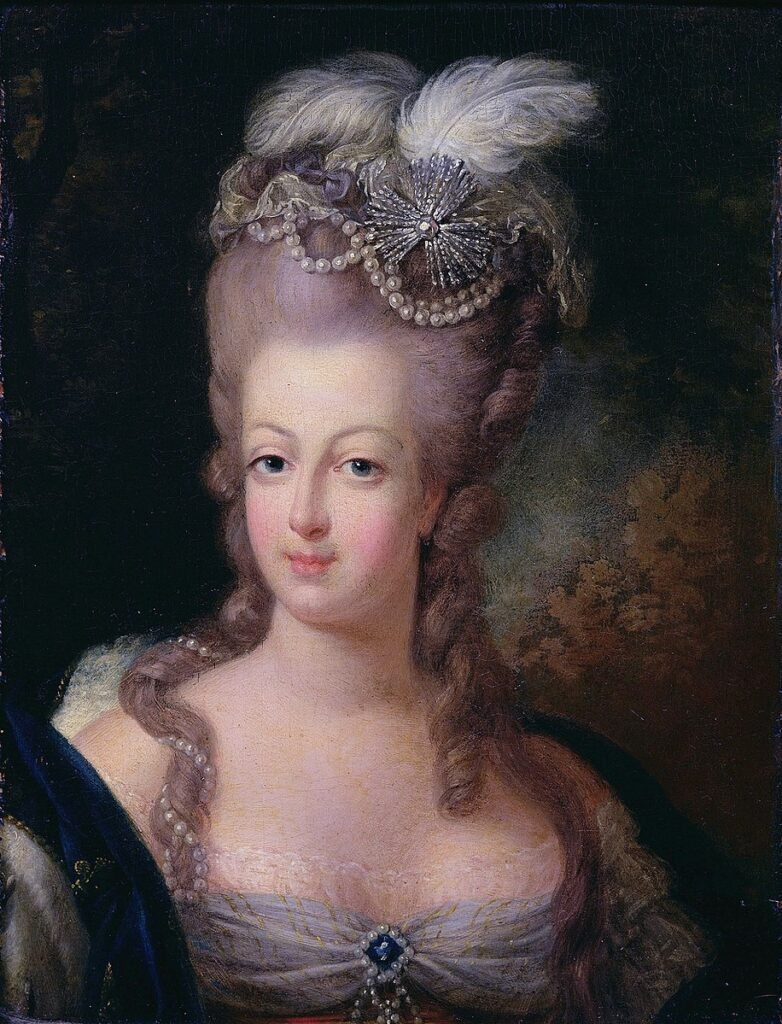
And Marie Antoinette did spend an enormous sum of money on clothing, jewelry, and other finery. She even powdered her wigs with flour during a time when French peasants were starving. But was she really one of the main causes of the revolution, as Thomas Jefferson once reportedly said?
First of all, there are her clothes. Marie Antionette is alleged to have had an enormously expensive wardrobe, even by typical monarchical standards. But that’s not exactly true. For example, her supposedly immense shoe collection did not stand out among the aristocratic culture that surrounded her.
At Versailles, the streets were filthy and Marie Antoinette was not the only royal who would throw out her shoes every few days and buy new ones. Some aristocrats even had shows for every day of the year!
Second, her outfit doesn’t square with her reputation. She actually bucked tradition by wearing a simple white dress on many occasions. If there was ever proof that Marie Antoinette’s clothing was not as extravagant as history makes it out to be, it’s that her white dress became a kind of uniform for revolutionary women.
Her own killers ended up adopting her wardrobe.
7. Christopher Columbus
He is known as the “discoverer” of the New World and is learned about in schools all over the world. He is regarded as a brave explorer who crossed the Atlantic even though everyone said that he would fall off the edge of the earth.
But the real Christopher Columbus was incredibly wrong in many of his assumptions. And his cruelty towards the native populations he found was so extreme that Queen Isabella eventually summoned him back to Spain.
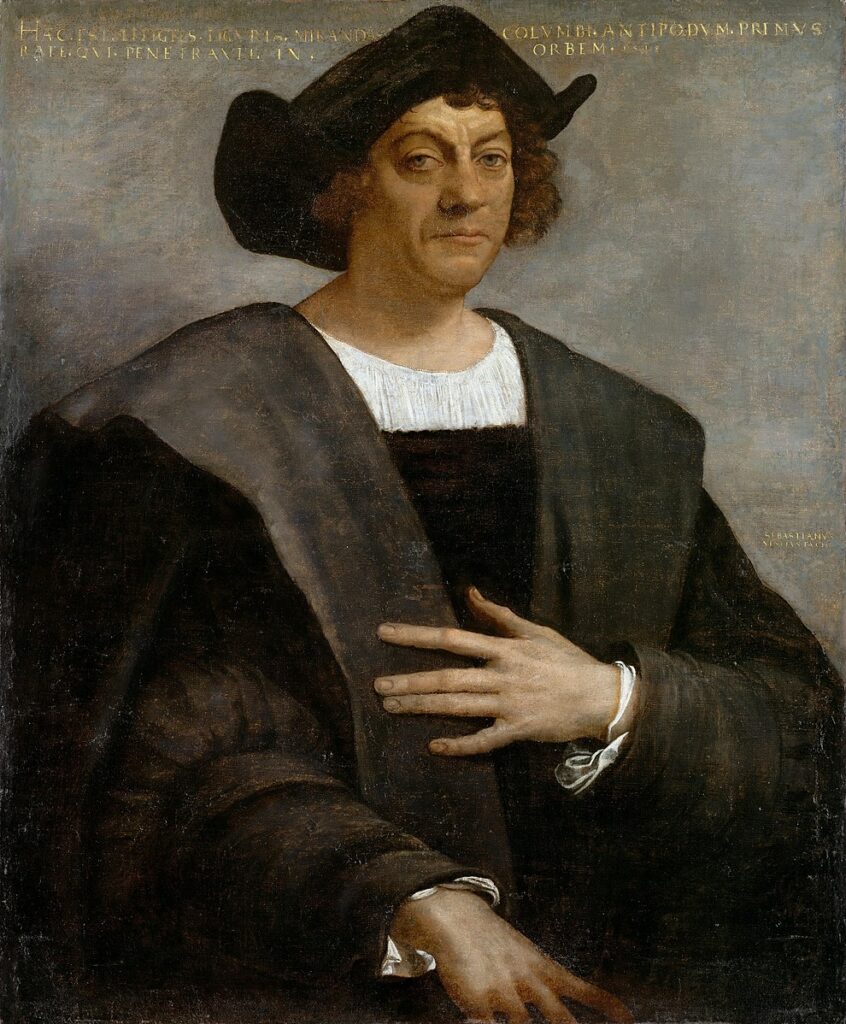
There is a good reason why Columbus Day has become a contentious event in countries around the world. When Christopher Columbus’ ship, the Santa Maria, ran aground on the island of Hispaniola on Christmas Day, 1492, the native Arawaks came to his rescue.
They helped Columbus’ crew save as many of their belongings as they could. And after scuttling the ship, the Arawaks even gifted the Spanish large amounts of gold to cheer up Columbus.
But despite the Arawaks’ warm reception, Columbus mishandled the situation. He accepted their gold for as long as it lasted, but the supply ran out before his greed did. Once that happened, Columbus forced the Arawak population to dig for gold as slaves.
This situation, coupled with European diseases, led to a massive die-off of Arawaks and the shipping of African slaves to the island. By that time, Columbus was already gone. His men had risen against him and the centralized form of government that he had established.
But the disaster he left behind is enough to send him down a few spots when considering his historical importance.
8. Che Guevara
Che Guevara has one of the most recognizable faces in the world. Even if you don’t know what he did, you’ve no doubt seen his image printed on the front of a t-shirt. But what did he do? And are his accomplishments in proportion to the immense magnitude of his popularity?
Although Che Guevara grew up in a wealthy family, he traveled throughout South America in his 20s to familiarize himself with the plight of average, working-class people. He later went back to Argentina to complete a degree in medicine, but his eyes had been opened.
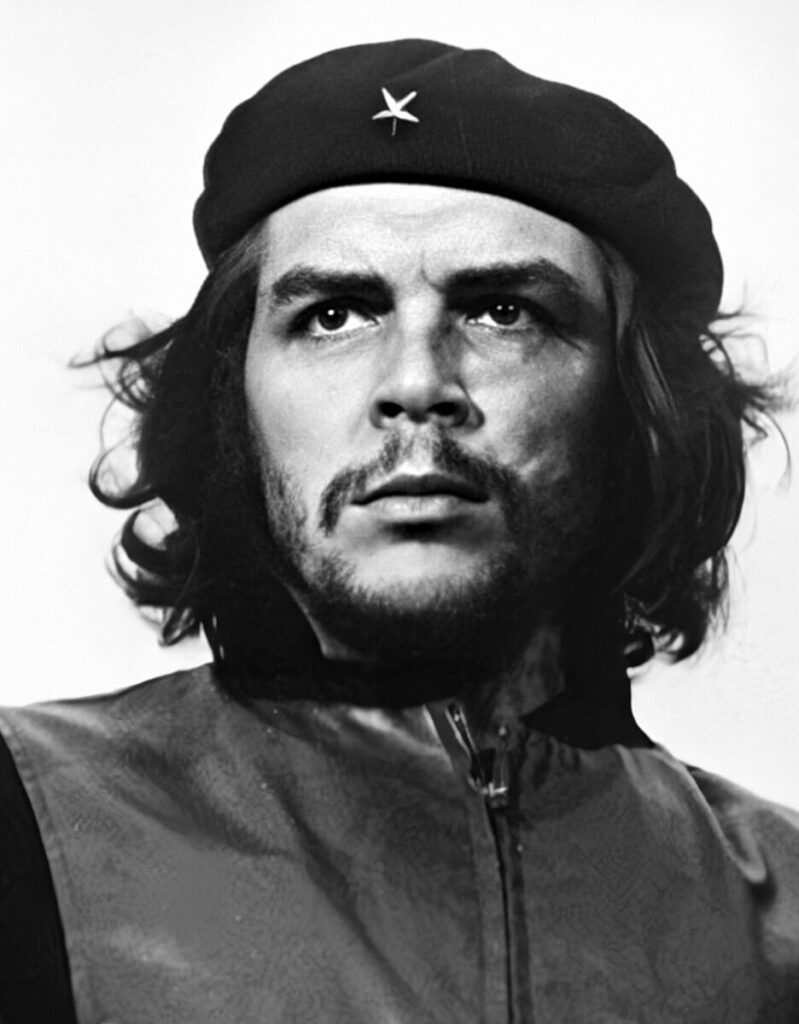
By the time he met Fidel Castro in Mexico City in 1955, he had already read plenty of Marxist literature and was a ready convert. Famously, the two revolutionaries fought a drawn-out guerilla war against the Cuban dictator, Fulgencia Batista until finally taking all of Cuba on January 1, 1959.
Most people only see Che as a heroic underdog who helped overthrow a corrupt regime and who continued to wage a crusade to spread Marxism throughout the world. All of this is true, but he has a darker side as well.
Once Fidel Castro and his rebels became the new leaders of Cuba, Che Guevara became the island’s Supreme Prosecutor, which meant he was responsible for meting out punishments to all of their former enemies.
In that role, Che sent dozens or perhaps even hundreds of people to their deaths. And it wasn’t only enemies that Che Guevara punished. Even before they achieved victory, Che was known to have executed his own soldiers for desertion.
Che Guevara wasn’t afraid to get his hands dirty. But he did so to spread communism around the world. At least in that sense, he was successful, right? Well, if you look at his track record, it’s hard to call his career in international revolution a success.
In 1965, Che Guevara traveled to the Congo to help the leftists in a Civil War. But after six months he had to give up, realizing that it was a failure. Che’s enemies enjoyed the support of the CIA. And Che, struggling with a lack of soldiers, was never able to get his revolutionary project in Congo off the ground.
Then, following his disaster in Congo, Che Guevara traveled to South America to foment rebellion there. In Bolivia, he tried to recreate the successful guerrilla war that he and Fidel had carried out in Cuba years earlier.
This time, however, Che was not so lucky. His band of Cuban fighters was constantly in danger of being overrun by the Bolivian army, which was also supported by the CIA. Finally, on October 8, 1967, Che Guevara was captured and executed on the spot after his men were defeated by Bolivian soldiers.
Ironically, his tragic death and the stoicism that he showed in the face of his killers helped to turn what would have been a discouraging revolutionary career into a romantic story of perseverance and courage.
Decades later, people all over the world worship that romanticized version of Che Guevara.
9. George W. Bush
George W. Bush served as the 43rd president of the United States, following Bill Clinton and preceding Barack Obama.
Near the start of his presidency, he enjoyed a record 92% approval rating from the American public. But by his second term, he was one of the least popular presidents in history. Despite his poor ratings, however, multiple lists of the 100 most famous historical figures place him among some of the most renowned names in the world.

A list published by Time magazine in 2013, places George W. Bush at number 36. This is higher than Franklin D. Roosevelt and sandwiched between Winston Churchill (37) and Benjamin Franklin (35). But it’s strange considering that many scholars and historians consider his administration to have been a complete failure.
Much of his popularity had to do with his response to 9/11 and the unity that Americans felt in the aftermath of being attacked at home for the first time since Pearl Harbor. But even then many criticized his administration for not having heeded the warnings in time.
Later in his administration, the pendulum swung in the other direction, as a result of Bush’s famous quest to find weapons of mass destruction in Iraq – weapons that ultimately didn’t exist. That quest dragged the country into a war in Iraq that lasted for seven years and left much of the country – and its people – ruined.
The war in Afghanistan lasted even longer, nearly two decades, and resulted in the Taliban retaking the country as soon as the American soldiers pulled out. Of course, Bush was only president during the first few years of both wars. But as the guy who kicked both of them off, he bears much of the responsibility for what came later.
Considering that his biggest contribution to history is his controversial “War on Terror,” it’s hard to justify placing him just behind one of the founding fathers.
10. Princess Diana
On the night of August 31, 1997, the 36-year-old Princess of Diana of Wales was killed in a car crash that ended the lives of both her bodyguard and driver as well.
Chased by paparazzi through the streets of Paris, Diana’s driver – who was most likely intoxicated – tried to veer into a tunnel to get away. Before he could do so, he drove into a support column at 121 mph, killing everyone in the car.

Princess Diana was unlike any other previous British princess. She was glamorous without apparently trying to be. She was one of the world’s most public figures, yet she was messy, real. The 2.5 billion people who tuned in to watch her funeral at Westminster Abbey is evidence of how beloved she was the world over.
But in terms of historical figures, do her accomplishments really justify the saint-like status that she has been given?
Sure, she helped to modernize the monarchy. And she used her position of fame and power to bring awareness to neglected issues such as the stigma around HIV/AIDS, and the continued use of landmines.
But the fact that her fame has eclipsed so many other famous people is out of proportion with her legacy. It’s not that Princess Diana isn’t an important figure in British Royal history – it’s just that the adoration that has been heaped on her seems excessive.
Ultimately, it says more about our fascination with a young, complicated royal than about her historical significance.

